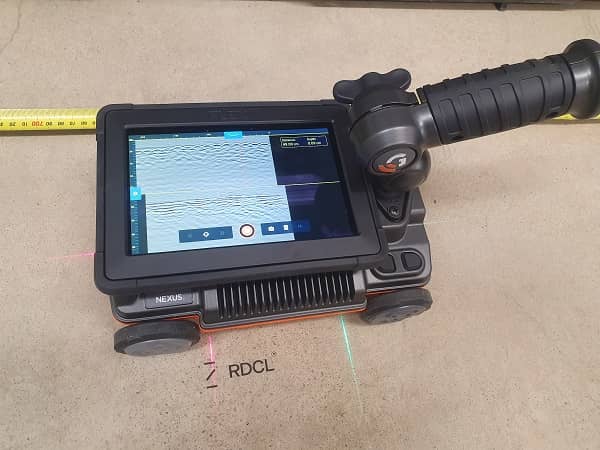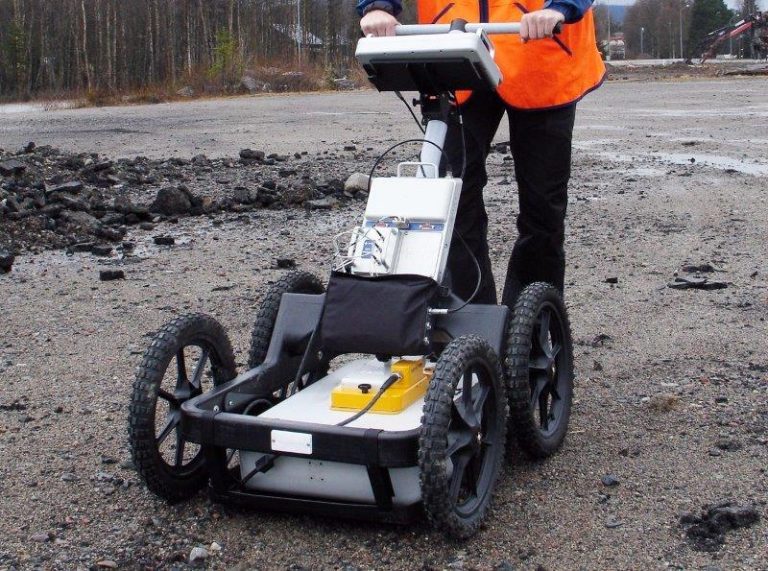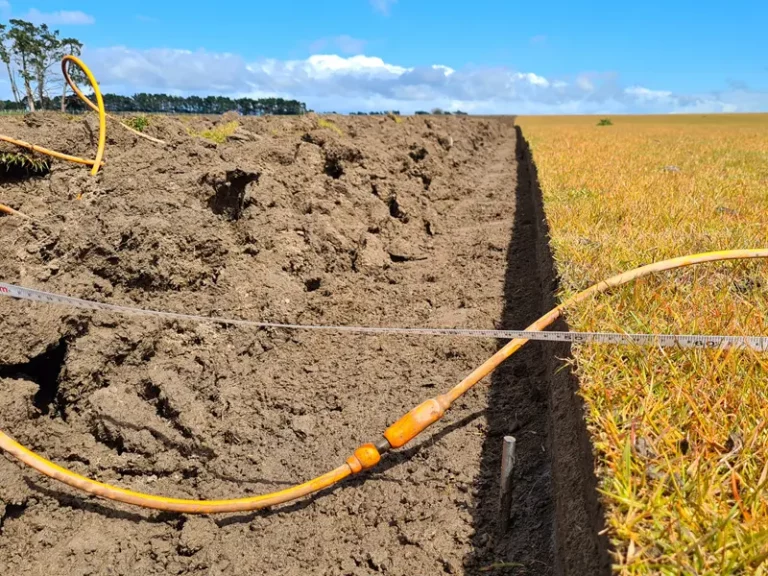Downhole Seismic
Downhole (DH) Seismic Testing is used to measure the compressional wave (P-Wave) and shear wave (S-Wave) velocities of geologic units within a drilled and grouted hole. ASTM Standards require vertical holes, lined with PVC and grouted in place to improve the geophone coupling.
The testing involves surface generated seismic waves, which are received by a tri-axial geophone probe downhole. The logging is typically half-metre or 1 metre intervals. The technique is often used for Vs30 calculations, which are a critical engineering input in seismic loading.
RDCL generates S-Waves from both the left and right sides of the holes to polarise the shear waves. This allows for easier identification of the shear wave from the waveform. The shear beam is also weighted to the ground, with a vehicle or ideally 1T weight to ensure good coupling to the ground.
Downhole seismic testing can reach 50-80m below ground depending on the ground conditions, softer ground will have more signal attenuation and depths are limited.
Seismic CPT (sCPT) and DH seismic are very similar in theory and practice. However the tri-axial geophone within the CPT unit is pushed into the ground and no drilling or grouting is required. The depth of investigation for sCPT is limited to the push capacity of the rig.



